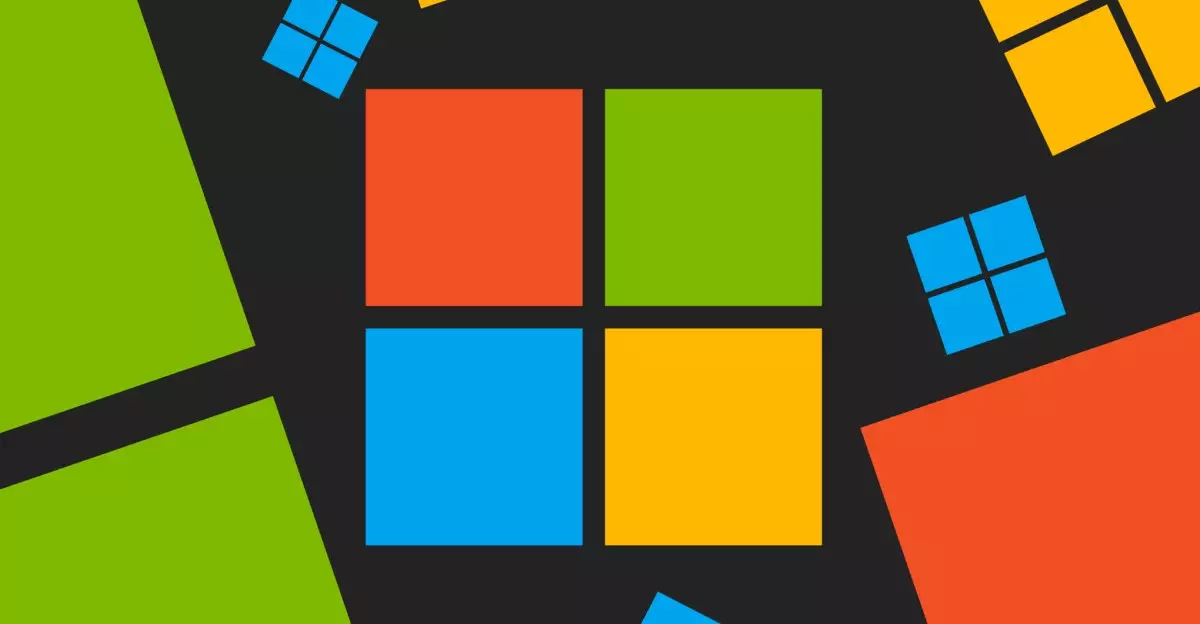In an era dominated by increasing cyber threats, the notion of eliminating passwords may seem both radical and essential. Microsoft has taken a significant leap towards this ambition, marking a shift that is not only timely but perhaps necessary for the evolving digital landscape. By advocating for passwordless security measures, Microsoft is not merely adding a layer of convenience; it is fundamentally redefining how we approach online safety. This initiative is backed by compelling statistics, highlighting the effectiveness of passkeys, push notifications, and security keys compared to traditional passwords. The inherent weaknesses of passwords, from user behavior to the ever-looming threat of breaches, can no longer be ignored.
The Shift from Passwords to Passkeys
The transition towards a passwordless experience has commenced with a user-centric focus. Microsoft now encourages new account holders to circumvent the password creation process altogether, promoting passkeys as the safer alternative. The implications of this shift are profound. Passkeys provide a seamless experience while also addressing common risks associated with password leakage and phishing attacks. Microsoft has revamped its user experience (UX) design to facilitate this transition, ensuring that the process is as user-friendly as possible. By stripping away the password requirement for new accounts, the tech giant is setting a precedent that could ripple throughout the industry.
Existing users are not left behind in this transformation either. The opportunity to delete passwords from current accounts symbolizes a pivotal moment in digital security, inviting users to adopt safer alternatives. It challenges the deeply rooted habit of relying on passwords, pushing individuals towards a more secure digital identity.
A New Era of Digital Identity
The implications of this shift extend beyond Microsoft. The renamed “World Passkey Day” serves as a rallying call for other companies to follow suit. In a landscape where data breaches have become commonplace, promoting the use of passkeys can ultimately pave the way for a more secure digital ecosystem. Microsoft’s claim of registering nearly a million passkeys daily speaks volumes about the growing acceptance and success of this new approach. The staggering 98% success rate of passkey users versus just 32% for those reliant on passwords presents a strong case for wider adoption.
This initiative isn’t merely about security; it represents a broader shift towards an identity-centric model of digital interaction. As users become increasingly aware of their digital footprints, the demand for robust, user-friendly security measures will only rise. Microsoft’s proactive stance not only enhances user confidence but also spurs innovation in security protocols across the tech world.
Ultimately, Microsoft’s transition towards a passwordless future could very well serve as a catalyst for dramatic change within the tech industry. By prioritizing user security and ease of access, Microsoft is drawing a line in the sand, encouraging others to adapt or risk obsolescence. As we inch closer to a world where online safety no longer hinges on the fragility of passwords, the necessity for companies to innovate in their security measures has never been more crucial.

